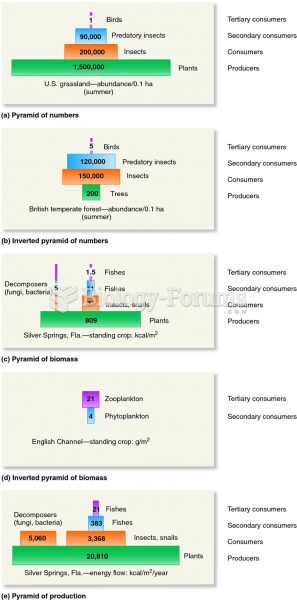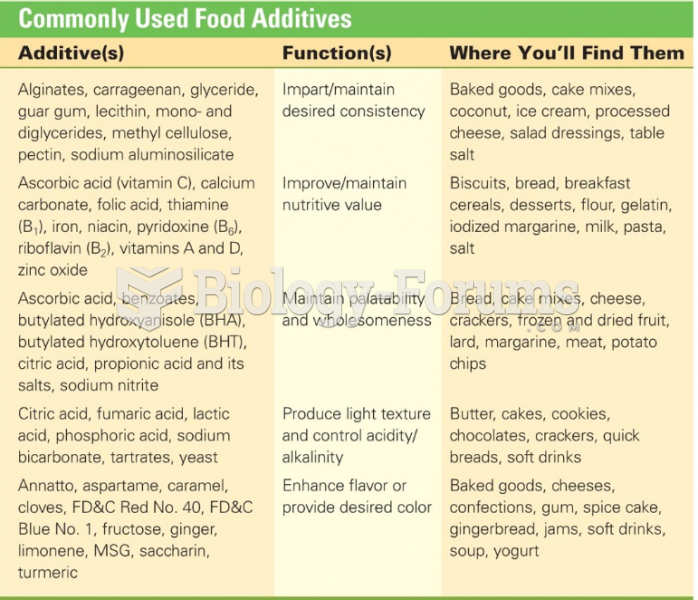Answer to Question 1
Food group plans are particularly well suited to help a person achieve dietary adequacy, balance, and variety. Exchange lists provide additional help in achieving kcalorie control and moderation. Originally developed as a meal planning guide for people with diabetes, exchange lists have proved useful for general diet planning as well.
Unlike the USDA Food Patterns, which sort foods primarily by their vitamin and mineral contents, the exchange system sorts foods according to their energy-nutrient contents. Consequently, foods do not always appear on the exchange list where you might first expect to find them. For example, cheeses are grouped with meats because, like meats, cheeses contribute energy from protein and fat but provide negligible carbohydrate. (In the USDA Food Patterns presented earlier, cheeses are grouped with milk because they are milk products with similar calcium contents.)
For similar reasons, starchy vegetables such as corn, green peas, and potatoes are listed with grains on the starch list in the exchange system, rather than with the vegetables. Likewise, olives are not classed as a fruit as a botanist would claim; they are classified as a fat because their fat content makes them more similar to oil than to berries. Cream cheese, bacon, and nuts are also on the fat list to remind users of their high fat content. These groupings highlight the characteristics of foods that are significant to energy intake.
Answer to Question 2
Serving Sizes: Because labels present nutrient information based on one serving, they must identify the size of the serving. The Food and Drug Administration (FDA) has established specific serving sizes for various foods and requires that all labels for a given product use the same serving size.
Nutrient Quantities: In addition to the serving size and the servings per container, the FDA requires that the Nutrition Facts panel on food labels present nutrient information in two waysin quantities (such as grams) and as percentages of standards called the Daily Values. The Nutrition Facts panel must provide the nutrient amount, percent Daily Value, or both for the following:
Total food energy (kcalories)
Food energy from fat (kcalories)
Total fat (grams and percent Daily Value)
Saturated fat (grams and percent Daily Value)
Trans fat (grams)
Cholesterol (milligrams and percent Daily Value)
Sodium (milligrams and percent Daily Value)
Total carbohydrate, which includes starch, sugar, and fiber (grams and percent Daily Value)
Dietary fiber (grams and percent Daily Value)
Sugars, which includes both those naturally present in and those added to the food (grams)
Protein (grams)
The labels must also present nutrient content information as a percent Daily Value for the following vitamins and minerals:
Vitamin A
Vitamin C
Iron
Calcium
The Daily Values: Food labels list the amount of some nutrients in a product as a percentage of its Daily Value, which makes the numbers more meaningful to consumers. The Daily Values reflect dietary recommendations for nutrients and dietary components that have important relationships with health. The Daily Value column on a label provides a ballpark estimate of how individual foods contribute to the total diet.
Front-of-Package Labels: Some consumers find the many numbers on Nutrition Facts panels overwhelming. They want an easier and quicker way to interpret information and select products. Food manufacturers responded by creating front-of-package labels that incorporate text, color, and icons to present key nutrient facts.







